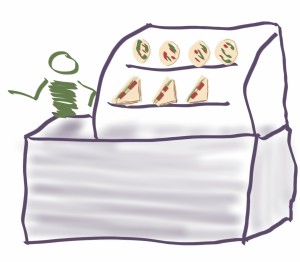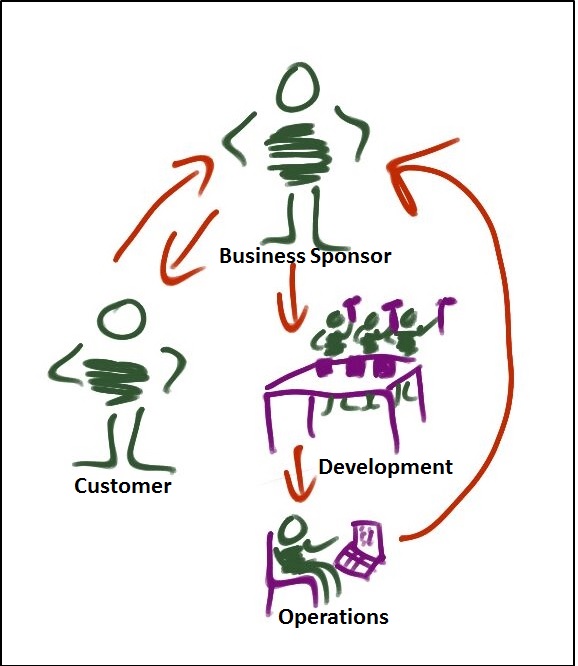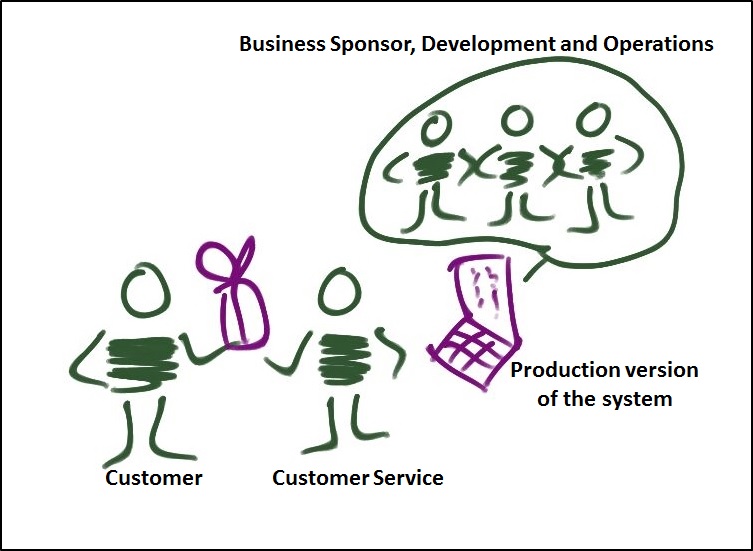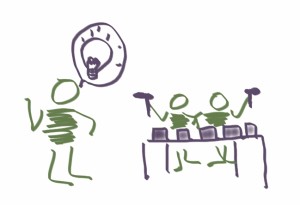The concept of biorhythms is an ancient one founded upon the observations of the seasons, tides and even life itself. The validity of biorhythms is debatable, yet we all have fun reading our horoscopes which are based upon astrology and biorhythms.
The word biorhythm is a composite of the two Greek words, bios and rhythmos, which mean life and a constant or periodic beat. The theory of biorhythms defines and measures three basic and important life cycles in humans: the physical, emotional, and intellectual.
The key thing here I wish to expand upon is the idea of cycles and rhythms. The idea that we all have a natural rhythm and cycle is the basis of the idea of biological flow.
Biological flow is defined here as the natural flow that exists in every individual. The basic premise of biological flow can be seen in the length of your stride when walking or running, this is the result of many factors unique to you and as such is natural to you. Now consider you have to walk using a taller persons stride. The distance covered by each stride would be larger and feel awkward to you, so much so, you may actually stumble and fall. The basic fact is that the longer stride of a tall person is not suited to your biological parameters such as length of leg, muscle mass etc. Now the same would be true if a tall person was forced to walk or run using the stride length of a shorter person, the end result would be unease and a lack of comfort and even failure such as stumbling or falling. This is easily observed when a child is trying to match the stride of their parent, they often loose step and run to catch up.
Now I propose that we all have a natural metre and rhythm when performing any task. When singing, the number of words a vocalist can sing is determined by factors such as lung capacity, the way they usually phrase their words when speaking, if they are a smoker etc. Now most of us have tried to sing along and at some time have just run out of breath in the process. This is partly due to technique, not taking a big enough breath at the right time but it is also due to our natural and unique biological flow, shaped by our lung capacity, phrasing etc.
The concept of biological flow owes its framework to musical theory in particular musical metre and musical rhythm.
When we look at musical theory, musical metre and musical rhythm often become confused and meld into one. The actual fact is that music is all about beats, timing and sound patterns. A metre is a regular pattern of beats indicated by a time signature. A rhythm is the way different lengths of sound are combined to produce patterns in time.
The following terms are used to describe and preform music :
-
pulse
-
simple and compound time
-
regular, irregular and free rhythms
-
augmentation, diminution, hemiola, cross-rhythm
-
dotted rhythms, triplets, syncopation
-
tempo, rubato
-
polyrhythm, bi-rhythm
-
drum fill
The field of musical theory is vast and out of scope for this discussion, yet the same idea for biological metre and biological rhythm can be observed. We all have a natural and unique biological metre, the speed at which we walk, run, perform tasks etc.; we also have a tendency to have a set pattern of doing things, the rhythm to which we tend to perform tasks for example. There is even a set metre, the time signature per se, of when we naturally perform these patterns of work and life. Some of us work at a steady pace, others are more like sprinters, while others still are marathon runners and on top of this there is the metre of when our energies are expelled. The same could be said for the way we go about performing our daily tasks and even lives. This methodology or rhythm that we gravitate to, often is the reason why we find some people hard to work with and others easier to collaborate with. There is no one answer because we all process and respond differently to the stimuli of work and life but what is clear upon reflection is that the way we are wired definitely impacts our work-flow and enjoyment of work/life.
Our natural biological flow when performing tasks is also affected by where we are in the day; Are you a morning person or a night owl?
Do you need a coffee in the morning before you start?
Do you become so absorbed and consumed by a task you loose track of time?
Do you like to jump in and try things?
Do you like to have tasks defined and quantified?
Are the others you work with wired similarly?
So next time you’re working with others try to keep biological flows in mind, and accept the fact that these different work flows require awareness, understanding and communication and only then will we feel and attain collaboration rather than WORK.
The nirvana of collaboration can be obtained from the oppression of work when aware of the biological flows involved.





